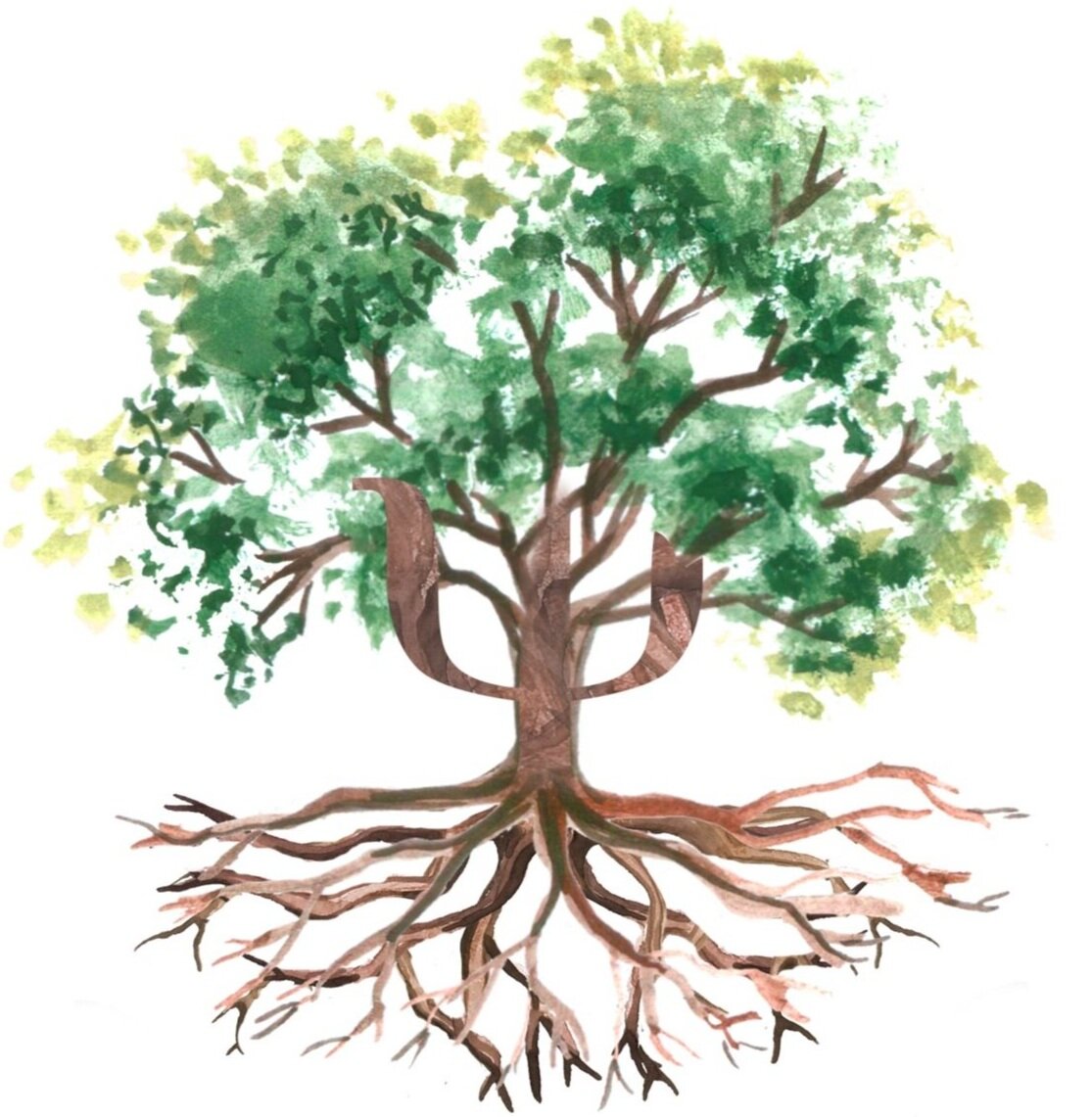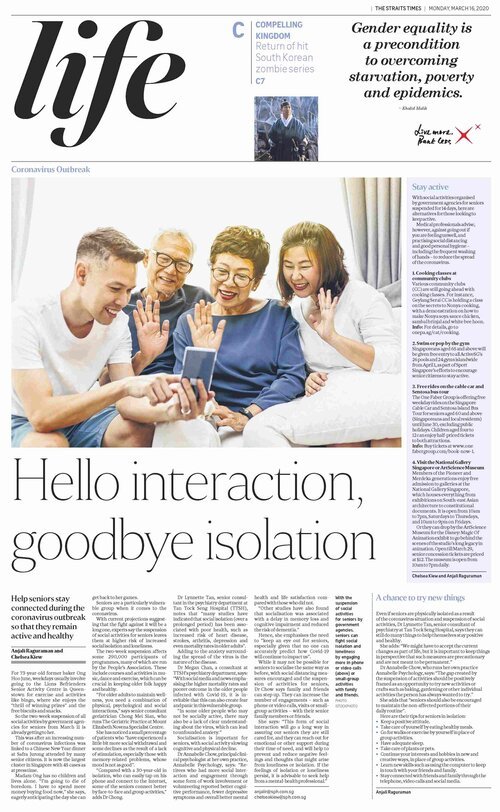What is Mindfulness?
How can I practice mindfulness in my daily life? Understanding mindfulness practice and its importance
Mindfulness is about being present in your experiences in each moment, whether internal or external. Practising mindfulness is particularly important as too often we go about our days doing things automatically, or we get caught up in our worries, thoughts, or distractions, and fail to be fully immersed in our experiences.
There is no end goal or result in Mindfulness. Mindfulness is about being in the present moment. When we are not engaged in worrying about the past or future, the inadvertent result is that we are likely to feel calm.
Mindfulness can be practised with these simple activities that everyone already does on a regular basis.
Mindfulness Activities
1. Breathing
Sit comfortably in your chair. You may wish to keep your eyes open or close your eyes.
Breathe. Pay attention to the air as it enters your nostrils and into your lungs.
Is the air warm? Cool?
Then breathe out through your mouth. Notice your chest and belly deflate as air leaves your lungs.
Repeat these steps for 1 minute.
2. Walking
Start walking. Being in a park or place with lush greenery helps. But it doesn’t matter if you do not have access to such places – wherever you are works just as well.
As you walk, look around and observe your surroundings. There are colours that are dark, and there are colours that are light. Where are they placed within your field of vision?
Breathe. Feel the temperature of the air – is it warm or cool?
Touch your earlobes gently as you hear the sounds that are around you. Isolate a sound that you hear.
Stop walking; close your eyes. Try and listen to that sound for a few moments. What do you hear?
Open your eyes. As you look around your surroundings, observe whatever object your gaze lands on. Notice the level of detail of that object.
Continuing walking. As you walk, what sounds do your footsteps make? Can you feel a breeze as you walk?
Focus on making observations with your eyes, ears, skin, feet, nose:
Where are you walking to? What’s around you? Are there any flowers? How many people are there around? What’s on the floor? Is the floor wet or dry? Is the weather sunny or cloudy? Are there any markings on the floor? Can you hear any sounds of nature despite being in a concrete jungle – are there birds? Which point of your foot lands first? Do you drag your feet?
Notice the movements of your toes, feet, legs, arms, chest. Notice where your eyes wander to.
3. Washing of Hands
As you turn on the tap, put your hands under the running water. Remain still. Is the water cool or warm?
Rub your hands slowly under the running water. Feel the water in between your hands as you rub, and how your palms touch each other as you rub to and fro.
Listen to the sound of running water. How does the water sound as your hands go under the tap?
Look at your hands: do you recognise the marks, scars, lines, nails?
Focus on making observations with your eyes, ears, hands, palms:
What is the colour of the soap? How would you describe its smell? What is the first action you do when you start washing your hands? Does the soap foam up? What colour does it become? Was the water warm or cold? What colour is your skin turning? Do you see the different shades of colour on your skin?
4. Mindful Body Scans
Lie on your back in a comfortable position. Face the ceiling or sky if you are outdoors. If you cannot lie down, you may wish to sit on a chair with your feet resting on the floor.
Breathe and be still. If you have to move or adjust your position from time to time, that is fine. As you breathe in and out, notice the rhythm of inhalation and exhalation and the way your chest rises and falls. You don’t have to change the way you breathe or hold your breath but remain aware of your breath as you continue to inhale and exhale.
Now close your eyes. Bring your attention to your body and how it feels. The texture of your clothes against your skin, and the parts of your head, back and legs that rests upon the surface you are on.
Imagine that you are outside of your body and looking at yourself. Look first at your toes. How do you feel as you look at your toes from the outside of your body? Now shift your gaze upwards as you work systemically from the bottom up:
Your toes and the rest of your feet
Lower legs and calves
Knees
Thighs
Your pelvic region (buttocks, tailbone, pelvic bone, genitals);
Abdomen;
Chest;
Lower back;
Upper back (back ribs & shoulder blades);
Hands (fingers, palms, backs, wrists);
Arms (lower, elbows, upper);
Neck, Face and head (jaw, mouth, nose, cheeks, ears, eyes, forehead, scalp, back top of the head);
Lastly the “blowhole” located on the top of your head – imagine a point on head where air goes in and out like a whale’s blowhole.
5. Mindful Conversations
This last one is a group exercise. Mindful listening is an important skill as people crave but are seldom fully “heard” or “seen”. Mindful listening also offers us the opportunity to shift the focus from ourselves or own responses onto the person speaking.
Gather around several of your friends and/or family. Sit together in a comfortable space (please observe safe distancing rules!).
Think of one stressful event that you experienced recently. Take turns to speak and share what that stressful event was in the group.
If you are speaking, speak without reservation or fear that anyone is judging you. If you are listening, listen intently without judgment or forming opinions.
Notice your bodily sensations, your thoughts and the feelings that flash through your mind before, during, and after each person has spoken.
General Tips for Mindfulness:
Set aside a few minutes for each activity (at least 20 minutes for the group activity). This ensures you have sufficient time to fully immerse yourself in a mindful experience.
During each activity, focus on at least 3 of your 5 senses (sight, taste, smell, touch, sound).
Do not try to ‘push away’ unwanted thoughts or distractions
Simply take cognisance or accept the thoughts or distractions that flash across your mind.
Let whatever feeling or emotion you experience simply be.
Then return your focus back into the experience of simply being mindful and aware of where you are.
While it is normal to experience distractions during mindfulness activities, practise bringing your attention back onto the mindfulness exercise. Focusing on your senses helps with redirecting attention. With practice, you will be able to effortlessly redirect your attention onto an experience of your choosing.
Remember to approach Mindfulness exercises in an open and non-judgmental way. Treat your experiences as they are, and acknowledge the distractions, thoughts or even judgments you may experience – these are normal and will arise from time to time.

